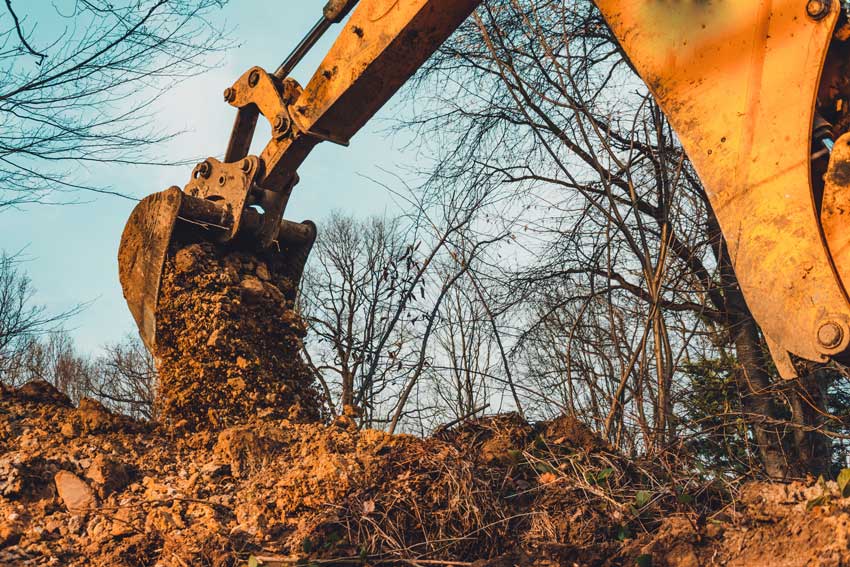
Many projects of a construction nature require clearing the site first. Knowing how this can be correctly done before beginning the process will save time and effort further down the line.
Removing trees, brush, rocks and stones, stumps and whatever else may be in the way is typically the first order of business in any sort of construction or land development undertaking at a site that has not already been developed.
Installing a proper foundation for any construction project requires that everything that may interfere, natural or otherwise, be destroyed and/or relocated. Clearing land is necessary for any sort of agricultural project – keeping the plants you want and moving the ones you don’t.
It’s worth mentioning also that overgrown land can be hazardous in addition to unsightly.
There are three commonly used types of land clearing:
- Manual – This is appropriate for projects of a certain size or in an area where the project or the land may require a lighter touch, for whatever reason. Hand tools and a little elbow grease are in order here.
- Mechanical – Heavy machinery most people do not have on hand should be used for bigger projects – bulldozers, excavators and the like. Applied and executed correctly, this approach allows for work to be completed at a considerably faster pace.
- Chemical – Treatments of a chemical nature can be used to remove unwanted plants and vegetation. This is not a one-size-fits-all approach, however, necessitating careful use, as well as knowledge and application of environmental law.
Knowing which type(s) of land clearing are most appropriate for a project can help make your project the most efficient it can be. We at Little’s Excavating have the knowledge and ability to put it into practice.
